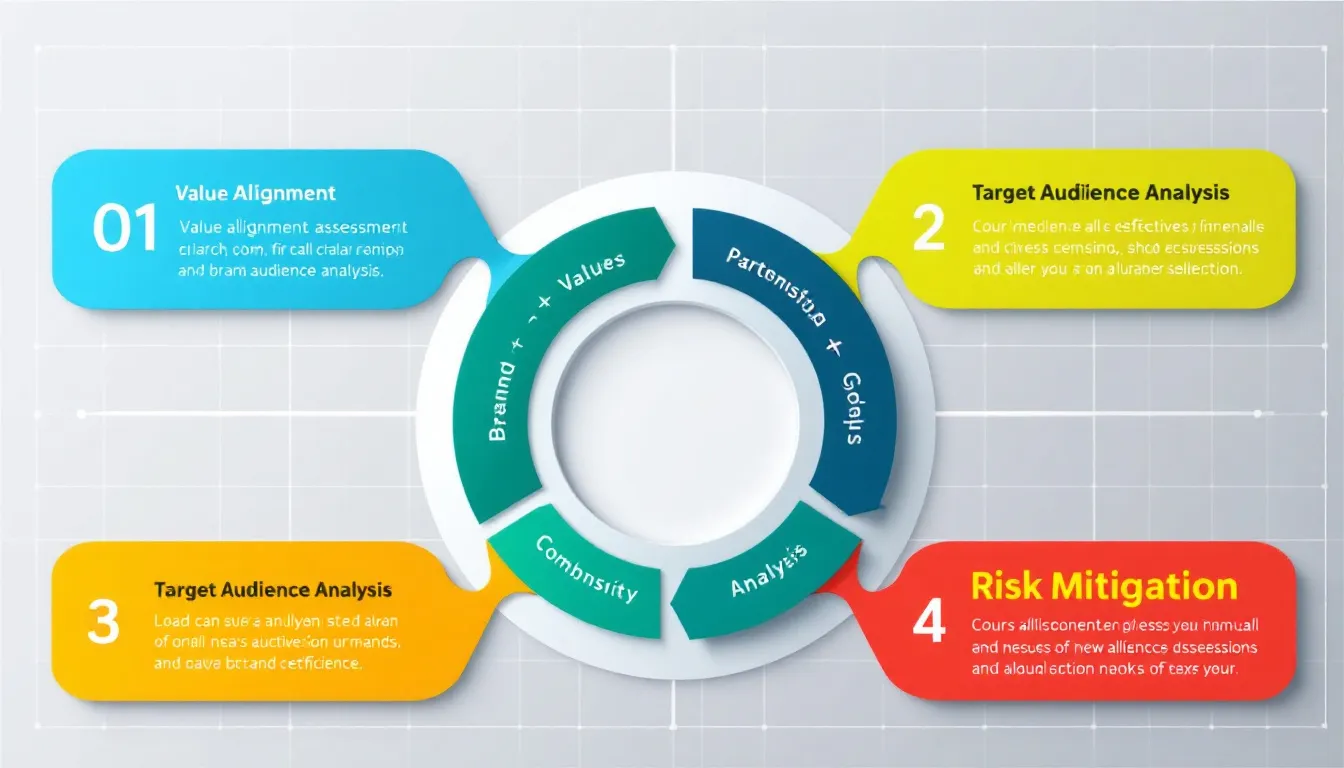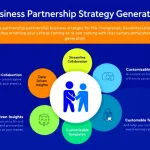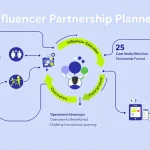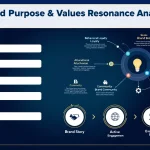Is this tool helpful?
How to Use the Brand Partnership Analysis Tool Effectively
1. Brand Name Input
Enter your full brand name exactly as you use it in official branding and communications. Accurate naming ensures precise analysis of your partnerships.
- Example 1: “EcoWave Sustainable Products”
- Example 2: “Fresh Horizon Organic Farms”
2. Brand Values & Mission
Describe the core principles and mission that define your brand. This helps the tool assess alignment with potential partners’ values.
- List the fundamental beliefs guiding your company
- Include your mission statement or key objectives
- Highlight ethical standpoints and business philosophy
Sample inputs:
- Example 1: “Innovation in renewable energy, commitment to reducing carbon footprint, stakeholder transparency, and community wellness.”
- Example 2: “Providing wholesome, locally sourced foods, supporting fair trade farmers, promoting healthy lifestyles, and environmental stewardship.”
3. Target Audience Description
Provide detailed information about who your customers are to analyze how well partnerships can reach and engage them.
- Age, gender, income level, and other demographics
- Lifestyle preferences and consumer behavior
- Values, interests, cultural factors
Brand Partnership Analysis Tool: Definition, Purpose, and Benefits
The Brand Partnership Analysis Tool evaluates how well potential marketing collaborations, sponsorships, and influencer relationships align with your brand’s mission and audience. It helps you make informed partnership decisions by analyzing value compatibility, audience overlap, and engagement opportunities.
Purpose of the Tool
- Assess alignment between your brand values and potential partners
- Analyze target audience compatibility to improve reach
- Evaluate existing partnerships for effectiveness and optimization
- Provide actionable insights to maximize ROI on collaborations
Benefits You Gain
- Data-Driven Partnership Decisions: Base your collaborations on clear evaluations of value and audience fit.
- Risk Reduction: Identify partnership mismatches before investing resources.
- Resource Optimization: Focus time and budget on partnerships that offer the highest potential return.
- Strategic Insights: Discover new opportunities and improve your partnership activation strategies.
Practical Applications of the Brand Partnership Analysis Tool
This tool supports businesses by delivering clear analyses to optimize sponsoring decisions and partnership strategies. You can apply the tool in various ways:
1. Evaluating New Partnership Opportunities
- Input potential partner details and their value statements
- Assess audience overlap to predict engagement success
- Determine strategic fit with your current marketing goals
2. Reviewing Current Collaborations
- Analyze your ongoing partnerships and sponsorships
- Measure effectiveness and ROI based on audience reach and engagement
- Identify areas for improvement and realignment
3. Defining Clear Partnership Goals
Set specific objectives for each collaboration using the tool’s insights to guide partnership outcomes and ensure measurable success.
How the Tool Analyzes Brand Partnerships
The tool breaks down partnership evaluation into these key components to support strategic marketing:
- Value Alignment Score: Measures how closely your brand values match those of your partner.
- Audience Compatibility Index: Compares target demographics to estimate reach potential.
- Engagement Potential Metrics: Predicts partnership impact on customer interactions.
- Partnership Effectiveness Model: Projects return on investment and long-term benefits.
Mathematical Model for Partnership Fit
The tool quantifies alignment using weighted scoring:
$$ \text{Partnership Score} = w_v \times V + w_a \times A + w_e \times E $$- V: Value alignment score (0 to 1)
- A: Audience compatibility index (0 to 1)
- E: Engagement potential (0 to 1)
- w_v, w_a, w_e: Weights assigned based on business priorities
This formula helps you balance values, audience fit, and engagement to prioritize partnerships strategically.
Effective Uses and Recommendations
- Run analyses before finalizing new sponsorship deals or influencer partnerships.
- Use the tool regularly to track and optimize ongoing collaborations.
- Combine analysis output with qualitative insights from your marketing team for balanced decisions.
- Adjust weightings in the scoring formula depending on your current marketing focus.
Frequently Asked Questions About Brand Partnership Analysis
Q: What information do I need to get accurate results?
Provide detailed and truthful data about your brand values, target audience, existing partnerships, and goals. The more complete your inputs, the clearer and more useful the analysis.
Q: Can this tool analyze various types of partnerships?
Yes. Whether it’s influencer collaborations, brand sponsorships, co-branded campaigns, or event partnerships, the tool helps you assess alignment and engagement potential.
Q: How often should I run partnership analyses?
Use the tool regularly—before pursuing new collaborations, reviewing current ones, or when modifying marketing strategies to ensure partnerships remain aligned with your evolving goals.
Q: How should I interpret the results?
The analysis delivers scores and insights on value alignment, audience compatibility, and engagement potential, informing where partnerships excel or need realignment for better outcomes.
Q: Can I analyze multiple partnerships at once?
Run individual analyses for each partnership. Then compare the outputs side-by-side to decide which partnerships deliver the highest strategic value.
Guidelines for Strategic Implementation
1. Prepare Thoroughly
- Gather updated brand guidelines and mission statements
- Collect recent market and audience research
- Compile detailed information on current marketing collaborations
2. Execute the Analysis
- Complete the tool form with comprehensive and precise inputs
- Evaluate existing partnerships thoughtfully
- Define clear partnership goals to tailor analysis focus
3. Act on Results
- Create actionable plans based on recommendations
- Set criteria for selecting future partnerships informed by scores
- Implement monitoring systems to track partnership performance
- Review results periodically and adjust strategies accordingly
Important Disclaimer
The calculations, results, and content provided by our tools are not guaranteed to be accurate, complete, or reliable. Users are responsible for verifying and interpreting the results. Our content and tools may contain errors, biases, or inconsistencies. Do not enter personal data, sensitive information, or personally identifiable information in our web forms or tools. Such data entry violates our terms of service and may result in unauthorized disclosure to third parties. We reserve the right to save inputs and outputs from our tools for the purposes of error debugging, bias identification, and performance improvement. External companies providing AI models used in our tools may also save and process data in accordance with their own policies. By using our tools, you consent to this data collection and processing. We reserve the right to limit the usage of our tools based on current usability factors.







